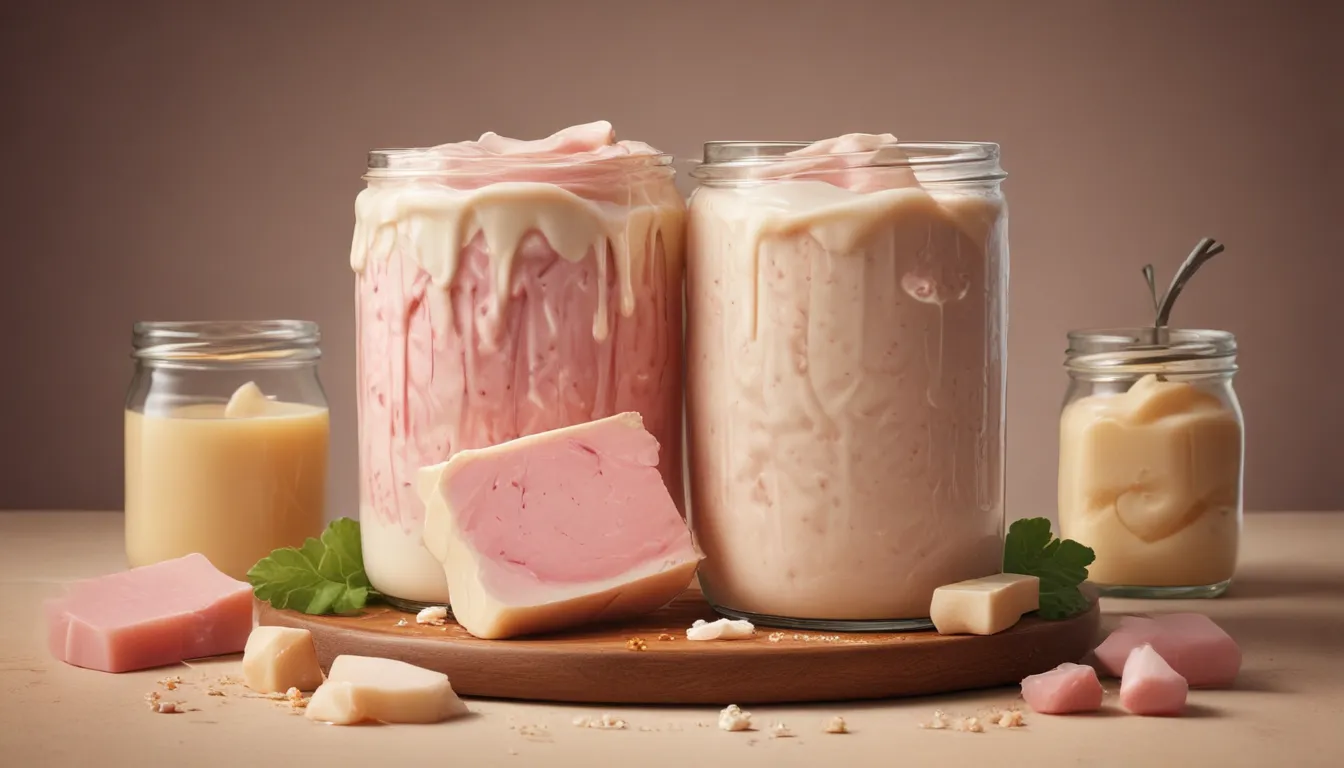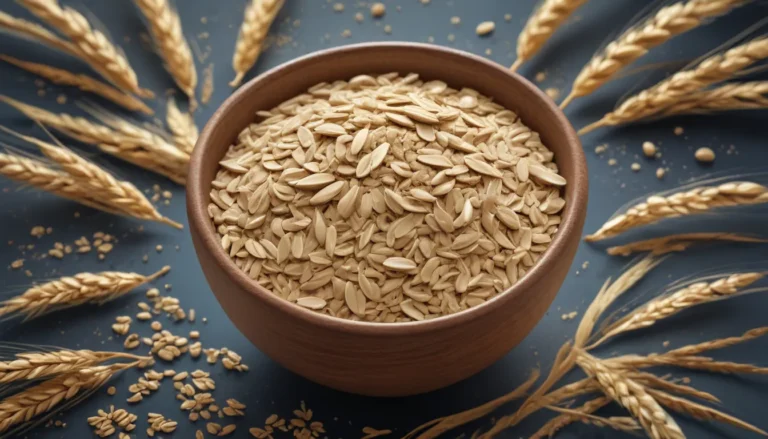The pictures in our articles might not always show exactly what the text is talking about. We use these images to make the article more interesting and eye-catching. They are there to add to the text, but not to replace it or show every detail.
Are you curious about lard and its nutritional facts? If so, you're in the right place! In this article, we will explore the world of lard, a versatile cooking fat that has been both praised and criticized. From its calorie content to its vitamin and mineral profile, we will cover everything you need to know about lard and its role in a balanced diet. So, get ready to discover the surprising truth about this controversial ingredient!
Key Nutritional Facts About Lard
- Calorie Dense: One tablespoon of lard contains approximately 115 calories, making it a high-calorie food.
- Vitamin D Source: Lard is a good source of vitamin D, essential for bone health and immune function.
- Monounsaturated Fats: Rich in heart-healthy monounsaturated fats that can lower bad cholesterol levels.
- Low Carbohydrates: Contains negligible amounts of carbohydrates, making it suitable for low-carb diets.
Exploring Lard: A Versatile Cooking Fat
What is Lard?
Lard is a semi-solid fat obtained from pig fat, commonly used in cooking and baking for its rich flavor and texture.
Culinary Uses of Lard
- Ideal for Frying: With a high smoke point, lard is perfect for frying and sautéing at high temperatures.
- Flavor Enhancer: Adds a rich, savory taste to dishes, making them more delicious.
- Substitute for Other Fats: Can be used as a healthier alternative to butter or margarine in baking recipes.
- Common in Pastries: Often used in pastry recipes to create a flaky and tender texture.
Additional Uses of Lard
- Homemade Soap: The high fat content of lard makes it suitable for soap-making, producing a moisturizing product.
- Eco-Friendly Option: When ethically sourced, lard can be more environmentally friendly compared to plant-based oils.
- Seasoning Cast Iron Pans: Applying lard to cast-iron pans can create a non-stick surface and prevent rusting.
The Nutritional Benefits of Lard
Vitamins and Minerals in Lard
- Vitamin A and E: Lard contains small amounts of antioxidants like vitamins A and E that protect cells from damage.
- Traditional Cuisines: Commonly used in traditional British and Mexican dishes for flavor and richness.
- Tamales and British Dishes: A key ingredient in masa dough for tamales and traditional British recipes like pork pies.
Should You Include Lard in Your Diet?
Moderation is Key
While lard has its nutritional benefits, it is high in saturated fat and should be consumed in moderation as part of a balanced diet.
Recommendations for Usage
- Use Sparingly: Balance lard consumption with healthier fats like olive oil and avocado.
- Healthy Diet: Focus on a diet rich in fruits, vegetables, whole grains, and lean proteins.
Storing Lard
- Refrigeration: Store lard in an airtight container in the refrigerator to prolong its shelf life.
- Freezing: Lard can also be frozen for extended storage if needed.
FAQs About Lard
Is Lard Unhealthy?
While high in saturated fat, consuming lard in moderation may not necessarily be unhealthy. Excessive consumption may increase the risk of heart disease.
Health Benefits of Lard
Lard contains vitamin D, vitamin E, and heart-healthy monounsaturated fats that can benefit overall health.
Incorporating Lard in a Healthy Diet
Lard can be a part of a healthy diet when used in moderation and balanced with other nutritious foods.
Using Lard in Baking
Lard can be a substitute for butter in baking, providing rich flavor and enhancing the texture of pastries.
Storage Recommendations for Lard
To maintain freshness, store lard in the refrigerator or freeze it for extended use.
Final Thoughts
In conclusion, while lard has been a staple in cooking for centuries, it is essential to understand its nutritional content and consume it in moderation. With its vitamin and mineral profile, lard can be a tasty addition to your culinary creations when used wisely. Remember, the key to a healthy diet is balance, so enjoy lard as part of a diverse and nutritious eating plan.
Our Commitment to Quality Information
At our site, we strive to provide you with accurate and engaging content contributed by real users like you. Our dedicated editors ensure that every piece of information shared is not only fascinating but also credible. Explore and learn with confidence, knowing that our commitment to authenticity and quality is at the forefront of what we do.






